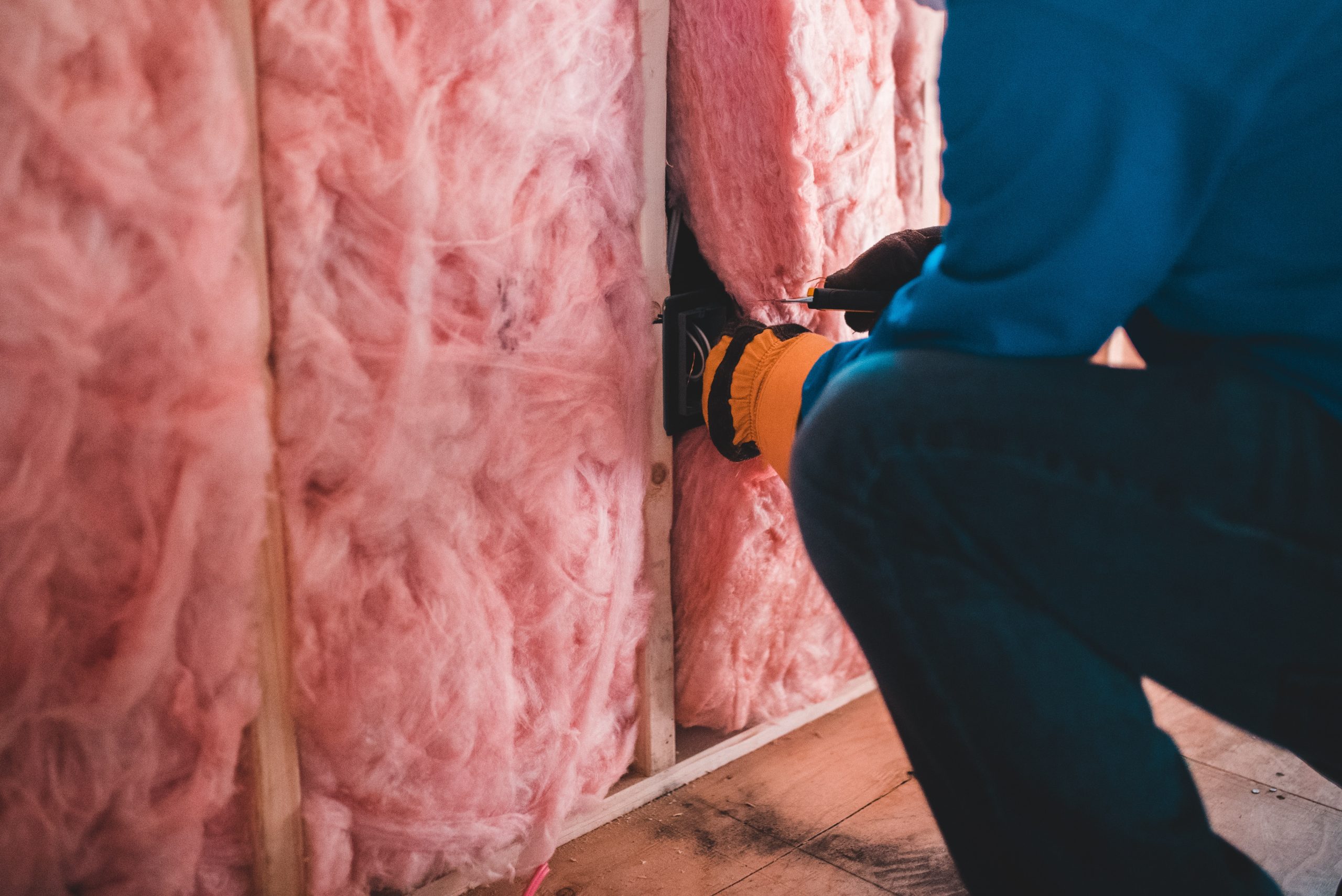How PCM works to keep your home cooler–and warmer

How PCM works to keep your home cooler–and warmer
We are always eager to hear about advances in technology that the average homeowner can use to live healthier lives with less expense or energy. Lots of new materials are being engineered that use the ambient air or temperature to reduce heating or air conditioning costs. Phase Change Materials (PCM) are not new, in fact water is one of them! PCM describes the way that the material absorbs or gives off heat while changing phase (from ice to water or vice-versa) but does not change temperature during the phase change. Water doesn’t give much advantage in home insulation, however, because the phase change happens at 32 degrees F or 212 degrees F, which are outside of our comfort zone in the home! However, there are other materials being used that fall in the perfect range for keeping our homes cool or warm.
Phase change material is like a heat battery. In warmer climates, solar heat starts to warm the roof and wall areas early in the day, but with PCM installed, the heat is absorbed in the material while the material temperature remains constant. It continues to “melt” inside the pouches as heat is applied, and only increases in temperature after absorbing a lot of heat. In the evening, PCM gives off the heat back into the attic or wall space, which radiates toward the outside. In cooler climates, PCM forms a barrier to keep heat from escaping your warm home in the same way. This is different from traditional insulation such as fiberglass, rockwool or sprayfoam, which all “resist” passage of heat over time, meaning they constantly allow some heat to pass through by conduction, convection, and radiation. PCM insulation is not meant to replace traditional insulation, but it is a great supplement to it.
There are several companies that manufacture PCM insulation using a soybean/palm oil blends. QE Platinum is a Dallas, Texas-based company, and Phase Change Solutions is based in North Carolina. The oils are contained in pouched sheets that are flexible. They can be installed behind drywall (vertically, horizontally or at any angle), above ceiling tiles, or simply laid over existing batt or blown-in insulation in the attic. The great benefits about this type of insulation are that it is
Non-toxic
Green, sustainable material
Moisture, humidity and mold-resistant
Self-healing (any punctures cause the material to harden and seal in remaining material
Long-lasting (30-year warranty) and guaranteed energy reduction
Class A fire rating
QE Platinum is also a radiant barrier
Has the same thermal mass as a 12” concrete wall! QE Platinum absorbs and stores up to 100 BTUs per square foot.
The company can tailor the melting/solidification range of the PCM to your climate (customized!)
There are two great videos reviewing it. This reviewer is based in San Diego; he is renovating his older home to get to net zero and is planning to install it in walls and attic. This reviewer is based in Texas. Both videos go into the science of PCM and why this product is a game-changer for homeowners and business owners wanting to make their spaces more energy-efficient and comfortable. We love that it’s non-toxic and easy to install–even for DIYers. At $2.50-3.50 per square foot, it’s expensive but not ridiculous, and the companies may be able to reduce the cost even more as production increases.
As great as this material sounds, however, it’s not for every home. In order for it to be cost-effective, you need to live in an area that has significant daily temperature swings, like 20 to 30 degrees between daily and nightly temperatures. This allows the PCM to full change phase and be ready for the next day’s cycle.
Another PCM has incredible capacity, but it’s not quite ready for the residential market. Fraunhofer’s zeolite are small pellets that can be heated, which extracts all their moisture and in the process creates and stores heat. They can then store that heat for indefinite periods of time. The amazing things about this zeolite is that due to the huge internal surface area, the pellets store more than 4 times the heat of water (which is has one of the highest heat capacities of any substance), the heat storage is indefinite until water is added, heat losses are very minimal over time, and the zeolite does not change temperature, making it a true PCM. In the energetic state, zeolites are therefore completely dry; conversely, when water vapor is passed through the pellets, heat is released. The advantage of this is that the energy is not stored in the form of increased heat but in the form of a chemical state. This means that heat is not lost during long-term storage. There is one drawback: Zeolites have poor thermal conductivity, which makes transferring the heat from the heat exchanger to the material and back difficult. The engineers have finally solved the heat transfer problem by coating the pellets with aluminum. Amazingly, the aluminum did not impact the ability to adsorb/desorb water, but it enhanced heat transfer. (Thermal Storage for the Energy Transition) Can you imagine, instead of receiving a heating oil delivery, receiving a delivery of pellets that are already charged with energy, but not hot? Or using the summer heat in your attic to recharge a bank of pellets for use in the cold winter heating system? This is incredible technology!
So, homeowners, keep dreaming and scheming to keep energy costs down and comfort levels up. Science can sometimes satisfy our wish-lists, and when it does, do your research and ask lots of questions to make sure it’s effective and non-toxic. PCM insulation seems to be a good fit for many smart, green buildings, with no internet connection required.

Photo by Erik Mclean on Unsplash






